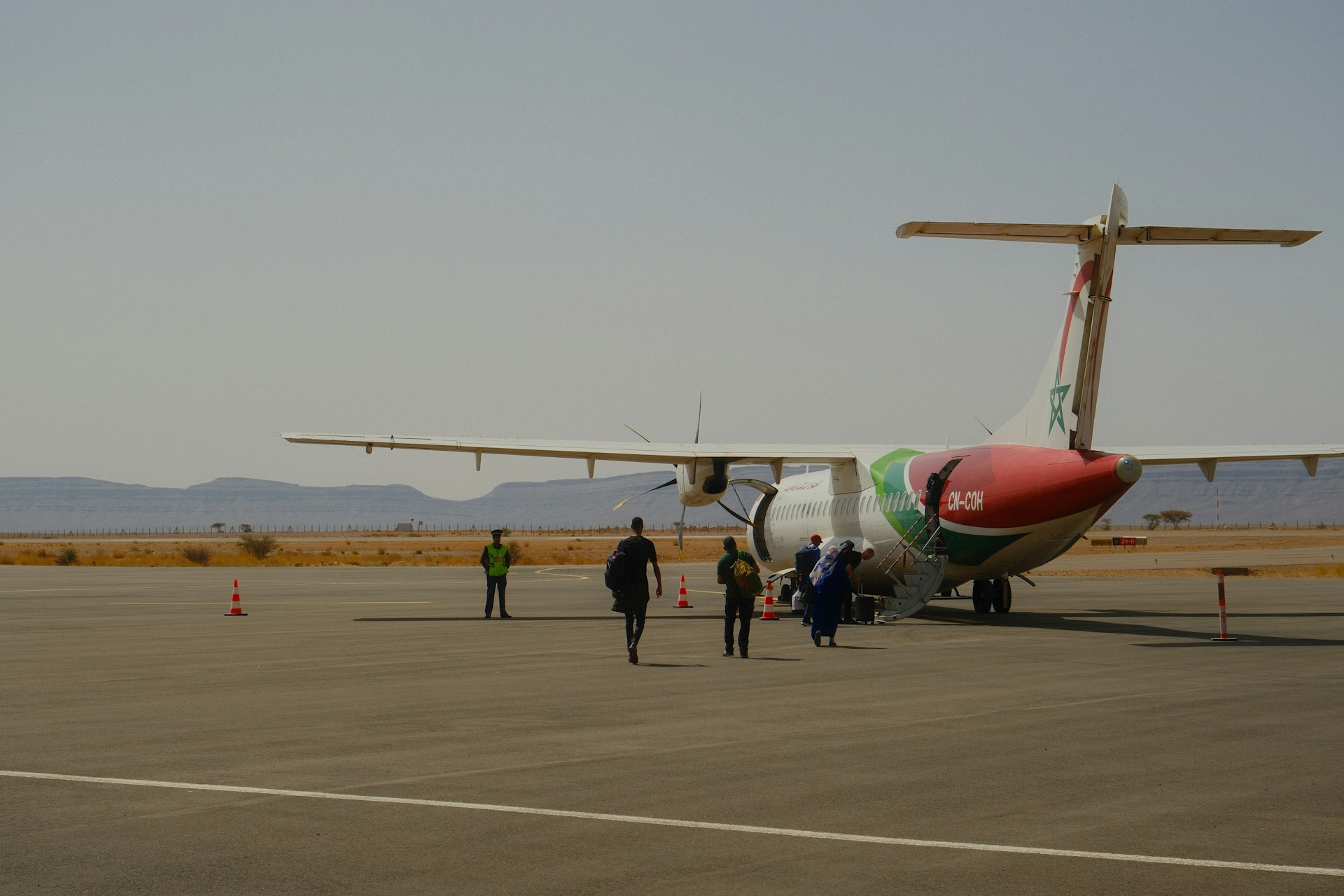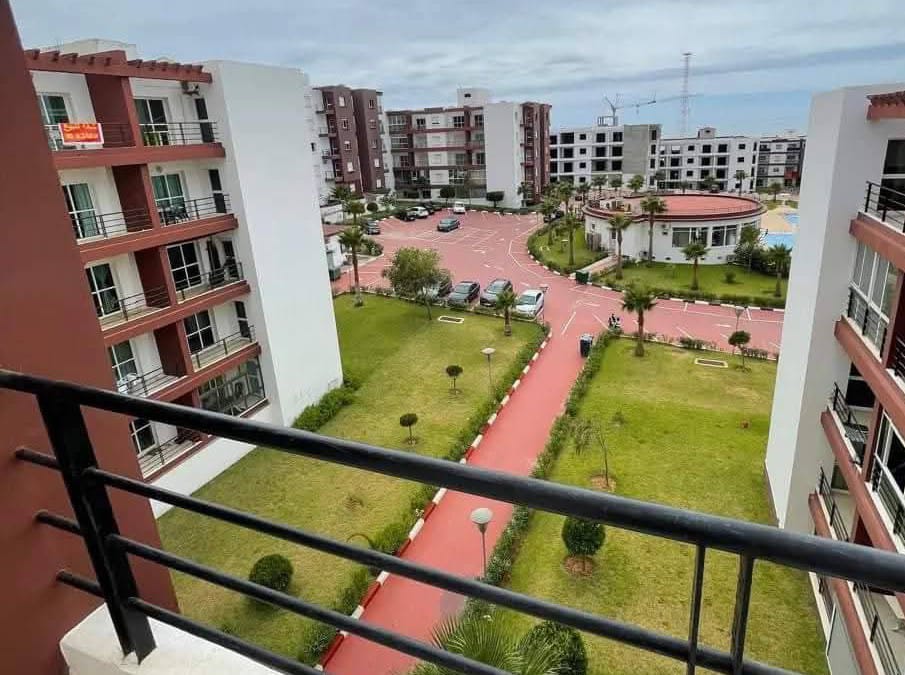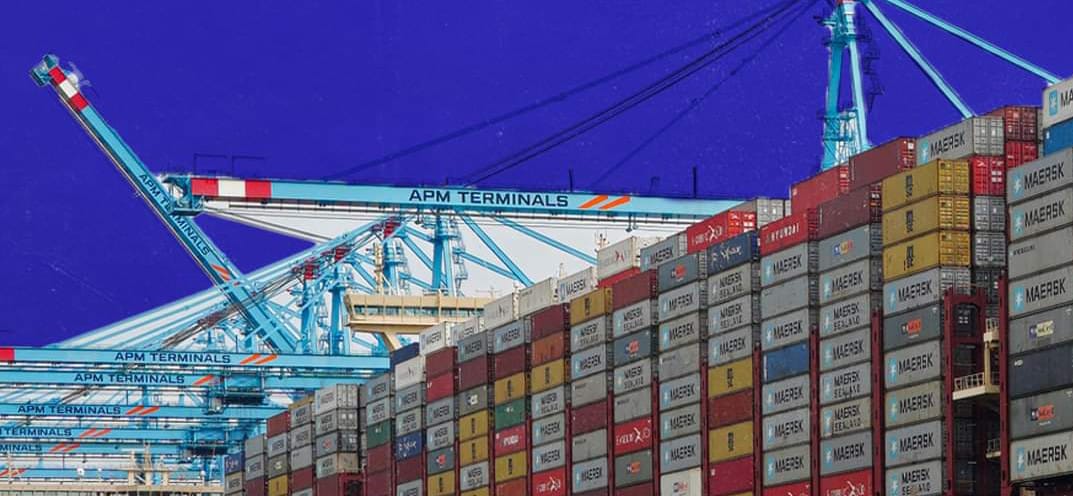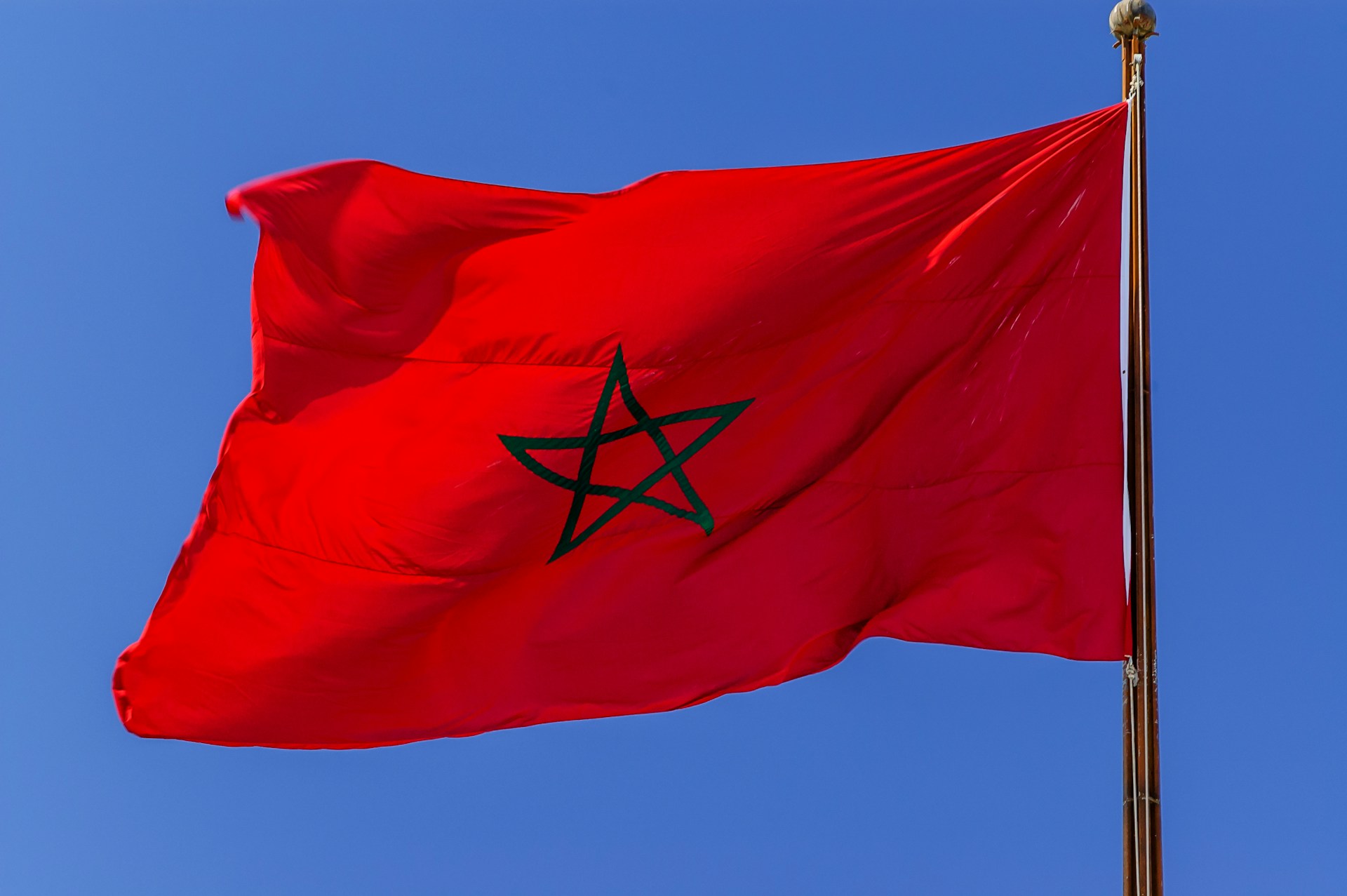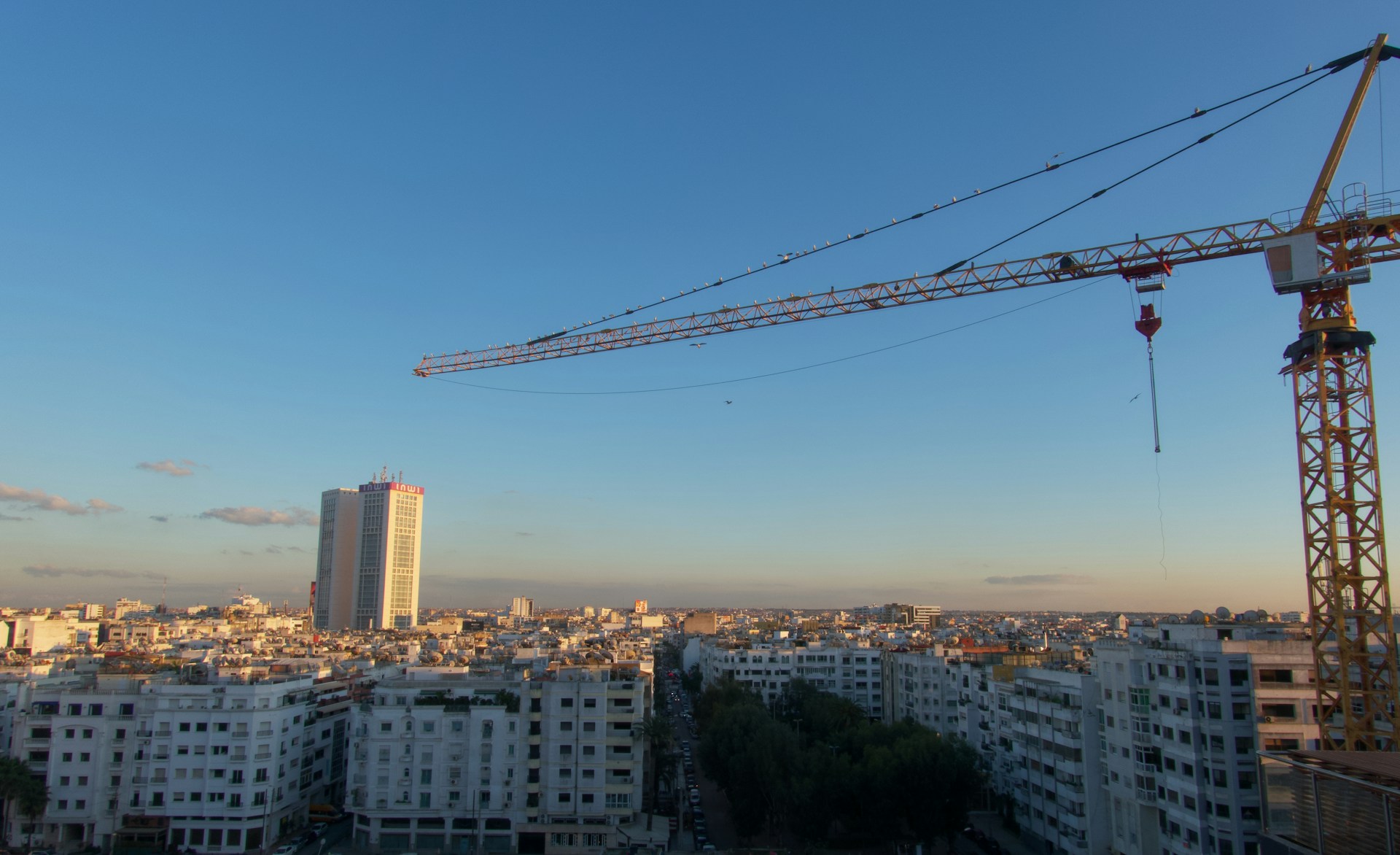Casablanca – Morocco has launched a wide-ranging reform of its local taxation framework aimed at modernizing outdated systems, enhancing transparency, and strengthening the financial independence of municipalities. Enacted under Law 14.25 and published in the Official Bulletin, the reform introduces new tax rates for undeveloped urban land, centralizes tax collection under the national tax authority, and sets the stage for a more unified and efficient fiscal model.
This initiative is part of a broader effort to support advanced regionalization by giving local governments the tools and resources needed to manage urban development and public services with greater autonomy and effectiveness.
New land tax rates based on infrastructure
A central feature of the reform is the introduction of a differentiated tax scale for undeveloped urban land, based on the level of public infrastructure available in each area. The previous one-size-fits-all model has been replaced by a progressive structure that imposes higher taxes on plots located in better-served zones.
- Fully serviced areas — those with access to utilities, public lighting, schools, health services, and transport — will be taxed at $3.10 per square meter.
- Moderately serviced areas — with roads, water, and electricity but fewer public amenities — will be taxed at $1.55 per square meter.
- Poorly serviced or unserviced areas — lacking basic infrastructure — will be taxed at $0.21 per square meter.
The goal is to discourage speculative land hoarding in well-equipped urban zones and to encourage the rapid development of areas where public investment has already been made. The reform also introduces a minimum threshold: if the total tax due on a parcel is less than $21, it will be waived to simplify administration.
Key tax responsibilities transferred to the national tax authority
In a major institutional shift, the General Directorate of Taxes (DGI) will now manage the assessment and collection of several high-revenue local taxes, including:
- The housing tax
- The business tax
- The municipal services tax
These taxes were previously handled by local authorities and the General Treasury, but will now benefit from the DGI’s centralized digital platforms, streamlined procedures, and enhanced enforcement capabilities. All existing tax records will be transferred from the Treasury to the DGI within two months of the law’s entry into force.
Lower-revenue taxes will remain under municipal control, but the appointment of local collectors will be jointly managed by the Ministries of Finance and Interior. This new structure seeks to improve accountability while maintaining a role for local governments in day-to-day fiscal matters.
A new legal framework in development
The reform also includes a roadmap for drafting a comprehensive Local Tax Code, modeled after Morocco’s General Tax Code. This new legal instrument will consolidate fragmented regulations into a coherent framework governing all municipal taxes, fees, and levies.
The plan aligns with a broader national strategy to reduce the number of local taxes — currently standing at 17 — by merging overlapping or outdated levies. Definitions of tax bases such as rental value are also under review to ensure greater consistency between regions and to avoid sudden tax increases that could burden residents or businesses.
Financial and urban development impacts
The government anticipates that the reform could generate several million dollars in additional revenue annually for municipalities, depending on improvements in tax identification and enforcement. These new resources are expected to fund priority local projects in housing, public transport, waste management, and cultural infrastructure.
Beyond revenue, the reform supports Morocco’s national agenda for territorial equity and sustainable urban growth. By taxing undeveloped land more aggressively in serviced areas, the state hopes to reduce urban sprawl and make more efficient use of existing infrastructure — a key objective of the country’s sustainable development and climate resilience policies.
Further reforms on the horizon
Looking ahead, the Interior Ministry plans additional reforms targeting other local taxes such as advertising fees, signage levies, public space occupation charges, and construction permit fees. These updates are expected to further simplify the local fiscal system and align it more closely with modern economic and planning needs.
To ensure a smooth transition, the government emphasizes the importance of involving local elected officials, enhancing the training of municipal staff, and maintaining open communication with citizens about the changes.
As Morocco pushes forward with its decentralization agenda, this tax reform is seen as a pivotal measure — not only to rebalance public finances, but also to empower local governments to manage development more effectively in a fast-changing urban landscape.
